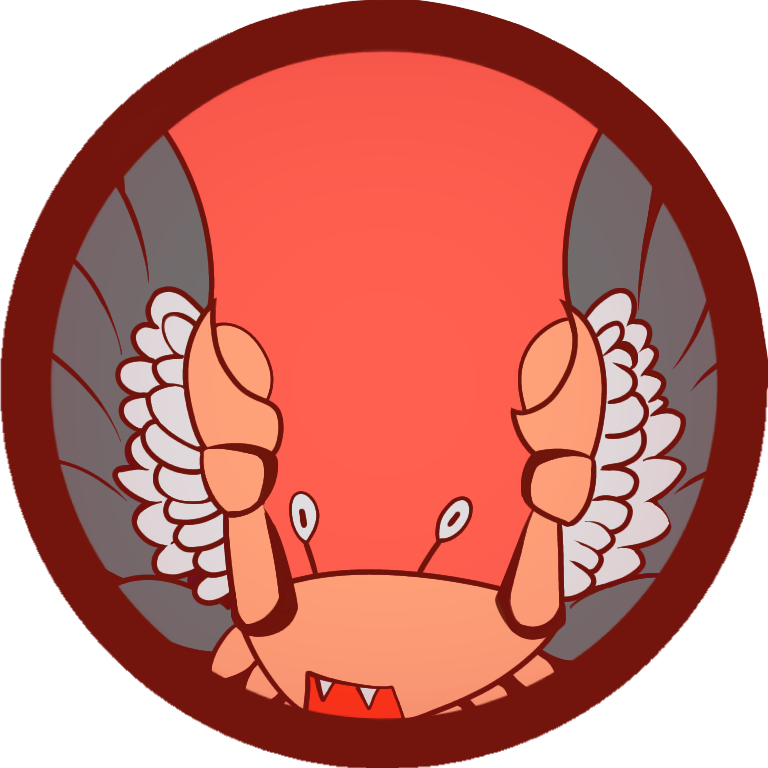Breakfast is a universal of Nero, especially of Pani Puri, culture. What this breakfast looks like depends on your class. The institution seems to be instinct, something I envy for a homeland where it is uncommon, though my beloved insists on it every morning come rain or shine.— Anolf Oshtafan
The Workman’s Breakfast, or more simply
Pajaru, is a type of meal, eaten by the lower classes of Pani Puri. Its main purpose is to keep a person full during long work hours where breaks are rare.
The Meal Itself
Prepared by the entire community, the meal is made for mass consumption. Usually, a person eating gets a slice of bread or some rice on a
maruni. Sometimes the bread is homemade, but most of the time it’s yesterday’s scraps. Then it is a fight to the death to get what you want out of gosi bowls before it’s too late.
Gosi bowls contain fried vegetables, fish, eggs, fruit, etc. Their contents depends on the availability of ingredients and personal preferences. For example,
Shari pajaru meals involve more fish than those inland.
It’s not just the bread that’s a leftover; most of the meal is made of leftovers. It’s all to make use of the food at hand; would you prefer slightly stale bread or potentially not having meal for a day and a half? Too, it saves preparation time for the entire community. What’s the point of getting up before you need to? The ritual of rummaging your house for what’s left is now enshrined into the public consciousness as the last thing done before hitting the bed.
Taboos
Nero folk shy away from eating red meat and cheese as part of their pajaru meal from because of superstition. Especially if you are a woman. The superstition applies only to women but most of the preparers of these meals are women and that dictates what ends on the plates. So, the superstition goes, eating red meat and cheese before sundown increases the likelihood of a pregnancy.
Depending on the region, this superstation can be pregnancy, or it can be specific sorts of births or the death-sentence that is an ectopic pregnancy. But whether it’s true or not, most avoid before sundown anyway.
Drinks
Juices are becoming more common to pair with this eclectic mix of dishes, but if you are one for tradition, tea is the order of business. Its easy and lucrative cultivation has led it to be the most popular choice, but it isn’t the only choice these days.
Reuse
Just as they make the meal from yesterday’s leftovers, its leftovers are given other uses. Not that there are often leftovers if the cooks are good or portion correctly. But in the rare cases there are leftovers, there are many uses for them.
Unless you are of the neediest of society, saving egg or fish is considered unhygienic and desperate – the hobby of the desperate or the miserly. Of course, if only part of the fish has been used, to use the rest is fine. The issue most Nero has with reusing is reusing already prepared animal products. Fruit use depends on the person: some sacrifice it. They say bring good fortune from the spirits. Other use it for jams, juices and whatever they can think of. For sure, vegetable leftovers are used in large amounts; animal feed, compost, vegetable oil making.
The Rituals Surrounding It
As old as time
No one knows when a pajaru meal became a thing; it’s just always been. Perhaps it’s even older than the spirits. Who knows? Why does it matter anyway? But as with many unknowns, there are always myths surrounding.
Community
The Pajaru meal is about community, no matter your definition. It is eaten and prepared with your brothers, your family, sometimes your whole neighbourhood on special occasions.
Simple tasks for the youngest (or least competent), like laying out the gosi bowls or the Pajaru Zisa, the rug on which the meal is eaten. Food preparation for those more likely to be trusted with that sort of thing. Those preparing meat or fish are often the most important in this “community”. Sometimes the first amongst equals, sometimes their superior. You can trust them with meat a lot more than the others.
Why is it eaten that way?
In those weird bowls
To non-Nero, the idea of eating out of shared bowls on the floor is absurd. The closest to them would be the Otlera, but the sitting on the floor is where they draw the line. But why gosi? Instead of complaining about the cooking, you can use the bread to make your own meal, which is more polite.
On the floor
It’s another case of who knows. Tradition just states you eat it on the floor and a lot of the neediest don’t have enough money for tables and chairs. More people can weave than carpenter. You’re not even sitting on the floor, at least in a Nero’s opinion–there’s a mat, a Pajaru Zisa, often bright, handmade, and passed down.
Though. there are many theories why. Some state that it means equality. We all deserve food. According to legend, Tise Pye, the founder of
Hizi Pas, once beat
Savo at cards while she was eating Pajaru.
Eating Order
People often look the Pajaru meal at as a battle. A good fight. You still get food even if you can’t fight very well, but not the food you really want or the most filling. Hence the eating order. Tradition dictates that the eldest, disabled, pregnant, and
children get priority in getting what they need or want. If you disobey this hierarchy, all the aunties and diners will severely judge you. Judgement turns into bad-talk about you, then into rumours. And rumours are powerful things.
The rise of Pajaru-Stands
To cater to the rising demand, out-of-wagon stands and alleyway shacks have appeared on the street corners and backsides of houses in cities. In recent years, with the rise of machines and industry, it has forced more people into cities and, with it, living alone has become vastly more common. Only criminals, orphans, and ‘dirty’ people lived alone before, but now much of the young and working required to work these machines live alone. Money for these men is tight and cannot be spent on the traditional
Eruru to be married.
Pajaru is a communal meal, so it’s not recommended to prepare it for one person, as it can be cumbersome and lead to loneliness. So, emerge the Pajaru-stands with these roasted grains, fried vegetables, meats of all varies and whatever they can get their hands on. They mainly serve tea, bread and eggs – boiled or fried mainly – with sometimes
kahasa and fried vegetables. That pleases most and business thrives, so prices are kept low.
However, eating from these Pajaru stands is considered a lowly, unhygienic act only done for necessity. They favour the nocturnal businessman if they wish to make the most profit, so it has become a front for Pani Puri’s criminal enterprises. Though most are just people trying to make their own daily bread.









I can see the fighting in front of my eyes. The best thing was the order one should fight over and that rumours are a powerful thing. There is truth to this. Beautifully executed.
Thank you Eddie!